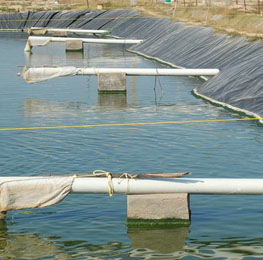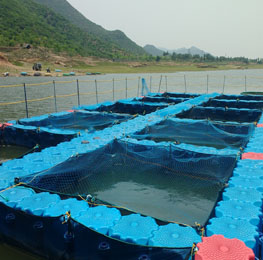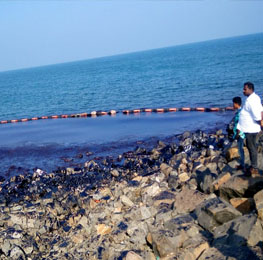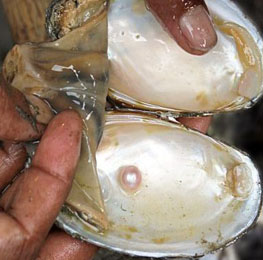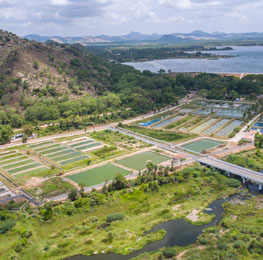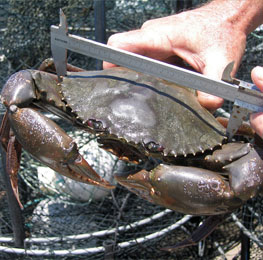Marine Fin Fish Culture
Cobia, Sea bass and Pompano are the most favoured candidate species for Fin fish farming. These fishes are highly priced marine food fishes having tender, tasty meat and good market potential. The enclosed bays, estuaries and shallow coastal waters are well suited for fish farming. The hatchery technology for seed production of sea bass has been standardized and seed production is not a constraint. The Sea bass can be grown in cages erected in backwaters.
Sea ranching
Sea ranching or artificial recruitment of aquatic organisms into their natural habitat for stock improvement or enhancing the production or for conservation of resources. Sea ranching involves mass release of juveniles of the selected species into the marine environment where, they can feed on natural prey and grows. The sea ranched stocks become recaptured and add to the biomass of the commercial fishery.
Artificial Reef
Artificial reefs are man-made or natural objects placed in selected areas of the marine environment to provide or improve solid and rough bottom habitat and thereby increase the productivity and harvestability of certain fish valuable to man. Artificial Reefs provide shelter, calm waters, influence water currents so that fish save energy while swimming against the current and attract smaller organisms which are vital sources of Food for different marine species.
An Artificial reef is an underwater artificial habitat for marine life. It helps in augmenting the productivity of the marine ecosystem.
It increases the available area for food, shelter and breeding activities for fishes and other marine organisms. This also enhances the fish production through increased breeding activity and survival of young ones. Moreover, it act as the barrier for bottom trawling operations by mechanized boats in these areas and prevent the destruction of reefs which are the natural breeding habitats
